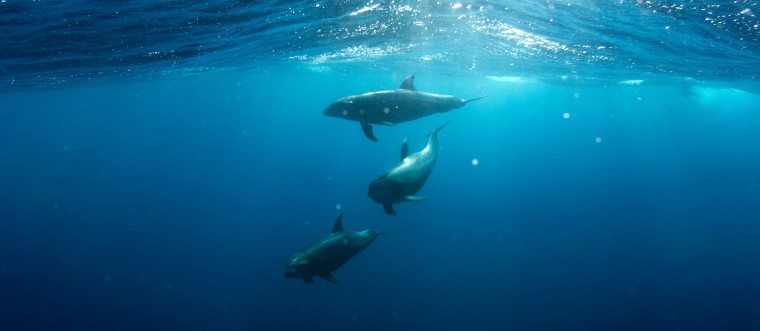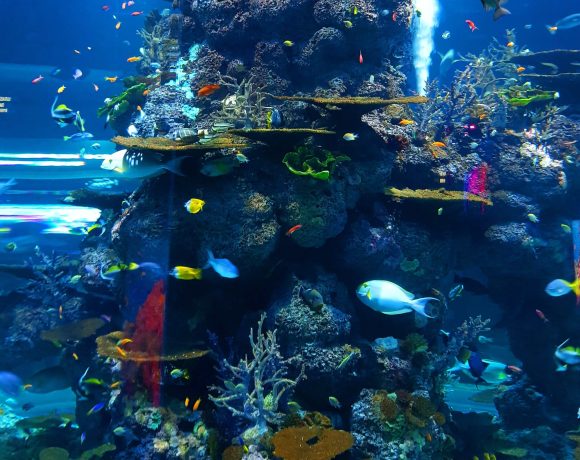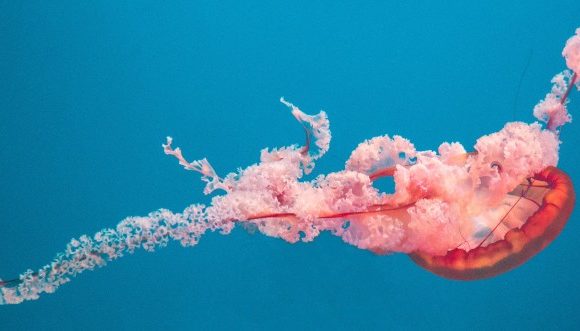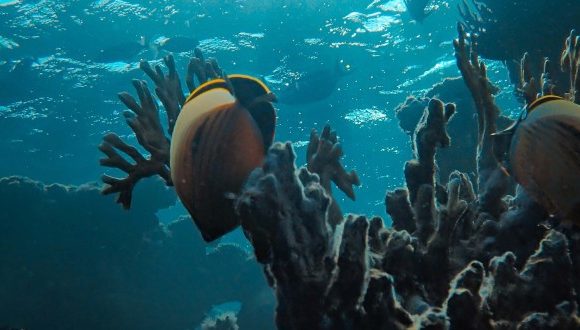Can Coronavirus Infect Marine Mammals?

We are all seeing how powerfully damaging coronavirus can be. Over the last few months, COVID-19 has already infected more than 5 million people from around the world and this number is still increasing rapidly every day. But while coronavirus has already proven its power against humans, the next big question is: can it affect marine mammals?
Unfortunately, it can.
Coronaviruses (CoVs) can actually be found in different kinds of animals and they can cause neurological, respiratory and hepatic diseases among them.
In fact, coronaviruses in animals have been categorised into three groups by the Coronavirus Study Group of the International Committee for the Taxonomy of Viruses: Alphacoronavirus, Betacoronavirus and Gammacoronavirus.
With over 40 species of coronaviruses around the world, it’s not impossible to see a type of virus affecting animals or in this case, marine mammals. But what’s affecting these creatures is not the same strain of coronavirus that’s wreaking havoc to humans around the world.
According to research, the most common type of coronavirus affecting marine mammals is morbillivirus, a genus in the family Paramyxovriridae that has also been found in dogs, cattle, seals, cats and even humans.
Among the seven species of morbillivirus, three have been detected in marine mammals: phocine distemper virus (PDV), canine distemper virus (CDV) and cetacean morbillivirus (CeMV).
The first case of morbillivirus infection in a marine mammal was detected in 1982 in bottlenose dolphins in the Banana and Indian Rivers in Florida.
Over the next few years, other cases have been reported along the Atlantic U.S. coast and it led to the first Unusual Mortality Event in 1987-1988 that was also believed to have been caused by morbillivirus. It was also in the 80s that the first marine mammal morbillivirus epidemic was documented in the North Sea in Europe that took the life of more than 23,000 harbor seals.
The pandemic that was first documented in the Danish island of Anholt also interestingly moved far from its epicenter within just 3-4 weeks with infections recorded as far as the Irish Sea that was more than 2,000 kilometres away.
Other coronavirus infections have also been recorded and harbor seals are thought to be the most susceptible in these cases. CeMV has also been recorded in cetaceans including bottlenose, striped and Fraser’s dolphins, harbor porpoises and pilot and minke whales.
Morbillivirus has only been identified in 23 of the 90 species of cetaceans around the world but some studies are suggesting that CeMV should be divided into more than one species because strains in the Northern Hemisphere showed some divergence from those in the Southern Hemisphere.
The virus has also been transferred from one mammal to the other through inhalation of the aerosolised virus that was exhaled by an infected animal. But some studies are also being conducted to see if vertical transmission is possible in marine mammals.
The bottomline
As the world continues to fight the fangs of COVID-19, it is very important for us humans to understand the importance of protecting the environment because animals are also suffering from these infections.
Resources:
oregonstate.edu: Can marine mammals get coronavirus?
Read about how the ocean helps us fight the COVID-19 pandemic















